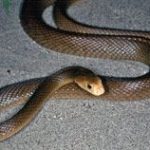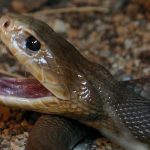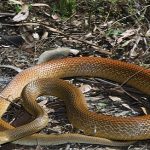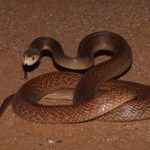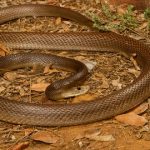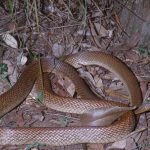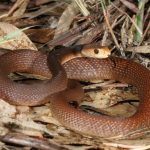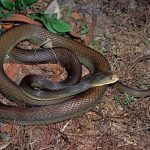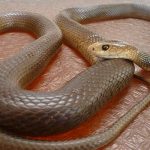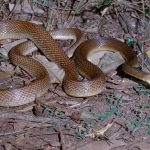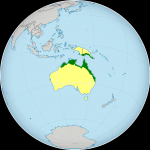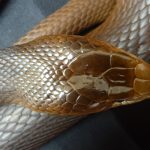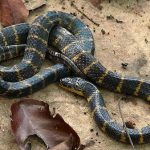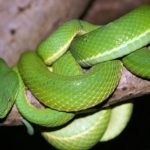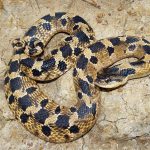Coastal Taipan
Coastal taipan is a type of large, extremely poisonous snake native to Australia and New Guinea. It is the largest venomous snake found in Australia. It is the world’s sixth-most venomous land snake. The species is diurnal, but may exhibit nocturnal behavior during hot weather. There are two recognized subspecies of this species.
| Kingdom | Animalia |
| Phylum | Chordata |
| Subphylum | Vertebrata |
| Class | Reptilia |
| Order | Squamata |
| Suborder | Serpentes |
| Family | Elapidae |
| Genus | Oxyuranus |
| Scientific Name | Oxyuranus scutellatus |
| Other Names | Common Taipan |
| Length | 1.5 to 2m; largest recorded specimen measures 2.9 m |
| Weight | Around 3 kg; largest recorded specimen weighs 6.5 kg |
| Color | Uniform light olive or reddish-brown to dark gray or black; creamy-white to pale light-yellow underside often speckled with pink or orange; color changes with season change – tend to become lighter in summer and darker during winter |
| Distribution | North-western Western Australia, the Northern Territory, Cape York Peninsula, eastern Queensland, northern New South Wales, New Guinea, Papua New Guinea |
| Habitat | Monsoon forests, wet and dry sclerophyll forests, woodlands, natural and artificial grassy areas, sugarcane plantations |
| Diet | Mammals like rats, mice, bandicoots and birds |
| Predators | Newborns and juveniles are preyed upon by birds of prey and goannas |
| Venom Fact | Highly toxic – consists mainly of neurotoxin |
| Breeding Season | July – October |
| Mode of Reproduction | Oviparous (egg laying) |
| Clutch Size | 3 to 21 eggs |
| Incubation Period | 2 to 3 months |
| Reproductive Age | Male: Around 16 months of age Female: Around 28 months of age |
| Average Lifespan | 10 to 15 years in captivity |
| IUCN Conservation Status | Not Assessed |
Coastal Taipan Pictures Gallery
- Baby Coastal Taipan
- Coastal Taipan Fangs
- Coastal Taipan Habitat
- Coastal Taipan Images
- Coastal Taipan Photos
- Coastal Taipan Pictures
- Coastal Taipan Snake
- Coastal Taipan
- Common Taipan
- Oxyuranus Scutellatus
- Coastal Taipan Location
- Coastal Taipan Head


